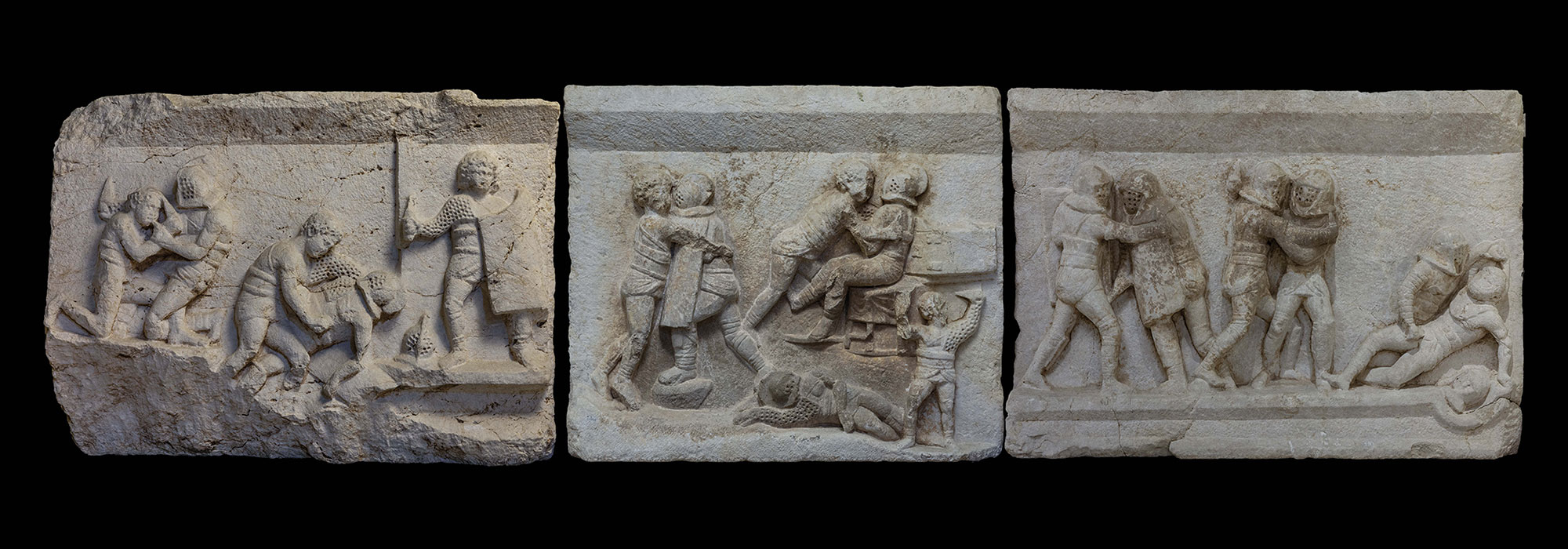ZURICH, SWITZERLAND—The slow pattern of modern human growth may have begun some 1.8 million years ago, before human ancestors evolved large brains, according to a report in Science Magazine. Paleoanthropologists Christoph P.E. Zollikofer and Marcia Ponce de León of the University of Zurich and their colleagues used high-resolution X-ray imaging methods to count the growth lines in the molars of the remains of a young individual unearthed in Dmanisi, Georgia, in 2001. The fossils show that the Dmanisi individuals belonged to the Homo genus, but their brains were only slightly larger than those of chimpanzees. Yet these Homo individuals are known to have used stone tools, butchered meat, and to have cared for an older individual who had lost teeth. Like growth rings in a tree, dentin rings are laid down in modern human teeth about every eight days. The researchers therefore counted these lines and determined that the youthful Dmanisi individual died around the age of 11.4 years old. The scientists then used dark stress lines in the teeth, which are caused by illness or poor diet, to track how the different teeth developed relative to one another. This timeline was then compared to tooth growth in modern humans, chimpanzees, and other apes, revealing that the Dmanisi youngster’s molars first developed slowly, more like a modern human child. But then between the ages of six and 11, the teeth developed more quickly, in a more chimp-like manner. This child probably depended upon adults for food and care after weaning, Ponce de León added, suggesting that the slower rate of growth in early childhood may have correlated with slower development of the brain and body observed in modern humans. Read the original scholarly article about this research in Nature. To read about analysis of another skull recovered from Dmanisi, go to "Homo erectus Stands Alone," one of ARCHAEOLOGY's Top 10 Discoveries of 2013.
When Did Long Childhoods Begin?
News November 15, 2024
Recommended Articles
Top 10 Discoveries of the Decade January/February 2021
Neanderthal Genome
Vindija Cave, Croatia, 2010

Artifacts November/December 2019
Australopithecus anamensis Cranium
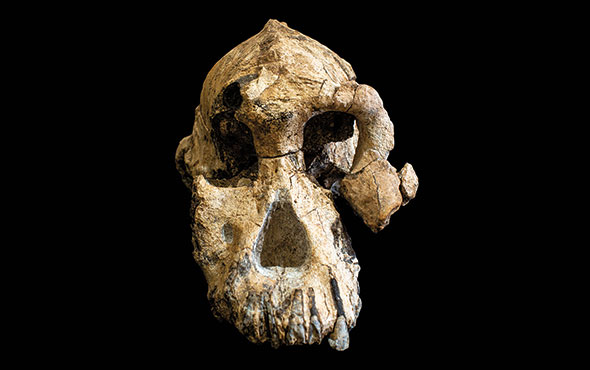
Features September/October 2017
The Heights We Go To
The links among extreme environments, genetics, and the human ability to adapt

Digs & Discoveries January/February 2017
Hungry Minds
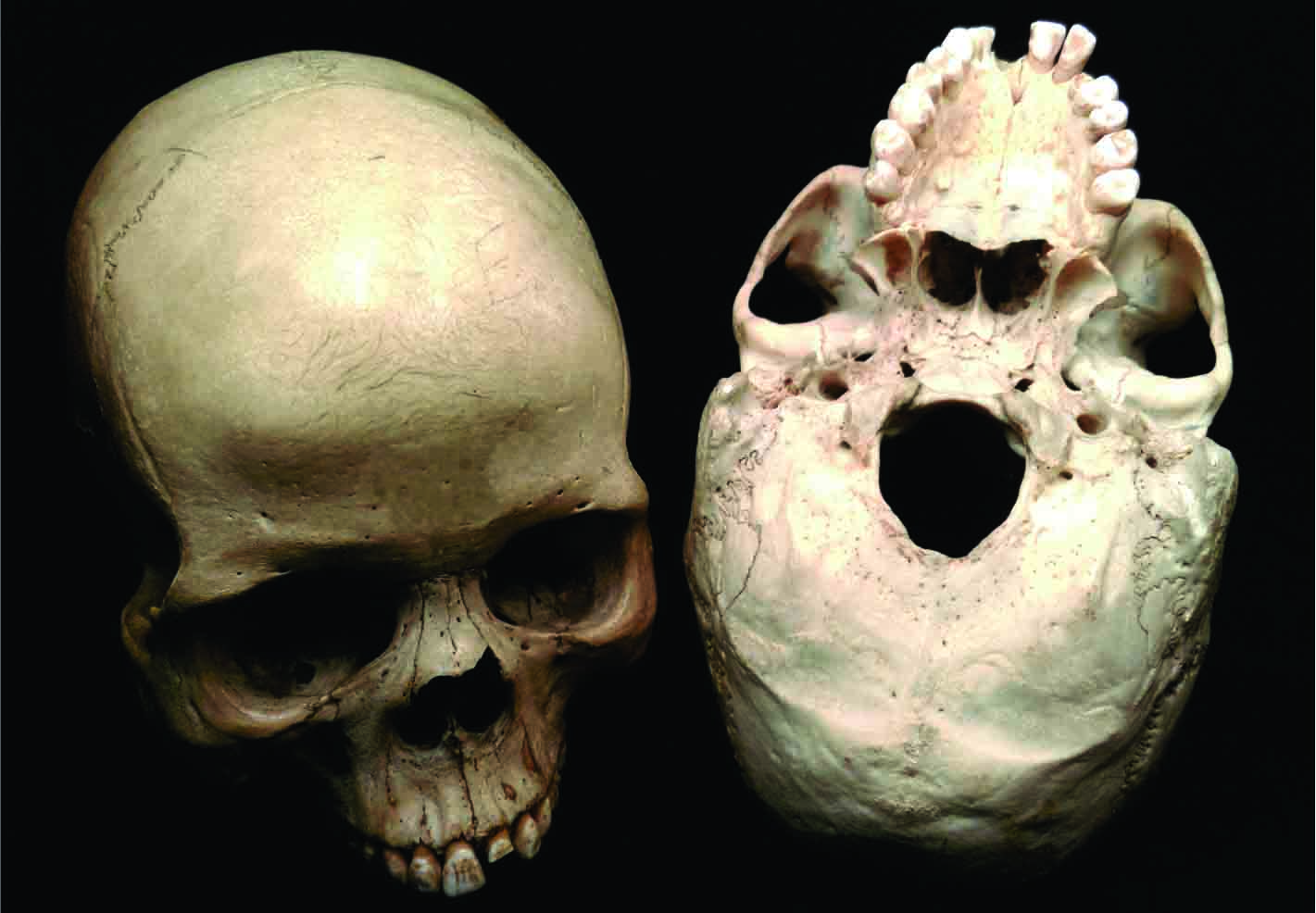
-
Features November/December 2024
The Many Faces of the Kingdom of Shu
Thousands of fantastical bronzes are beginning to reveal the secrets of a legendary Chinese dynasty
 Courtesy Sichuan Provincial Institute of Cultural Relics and Archaeology
Courtesy Sichuan Provincial Institute of Cultural Relics and Archaeology -
Features November/December 2024
Europe’s Lost Bronze Age Civilization
Archaeologists have discovered more than 100 previously unknown megasites north of the Danube
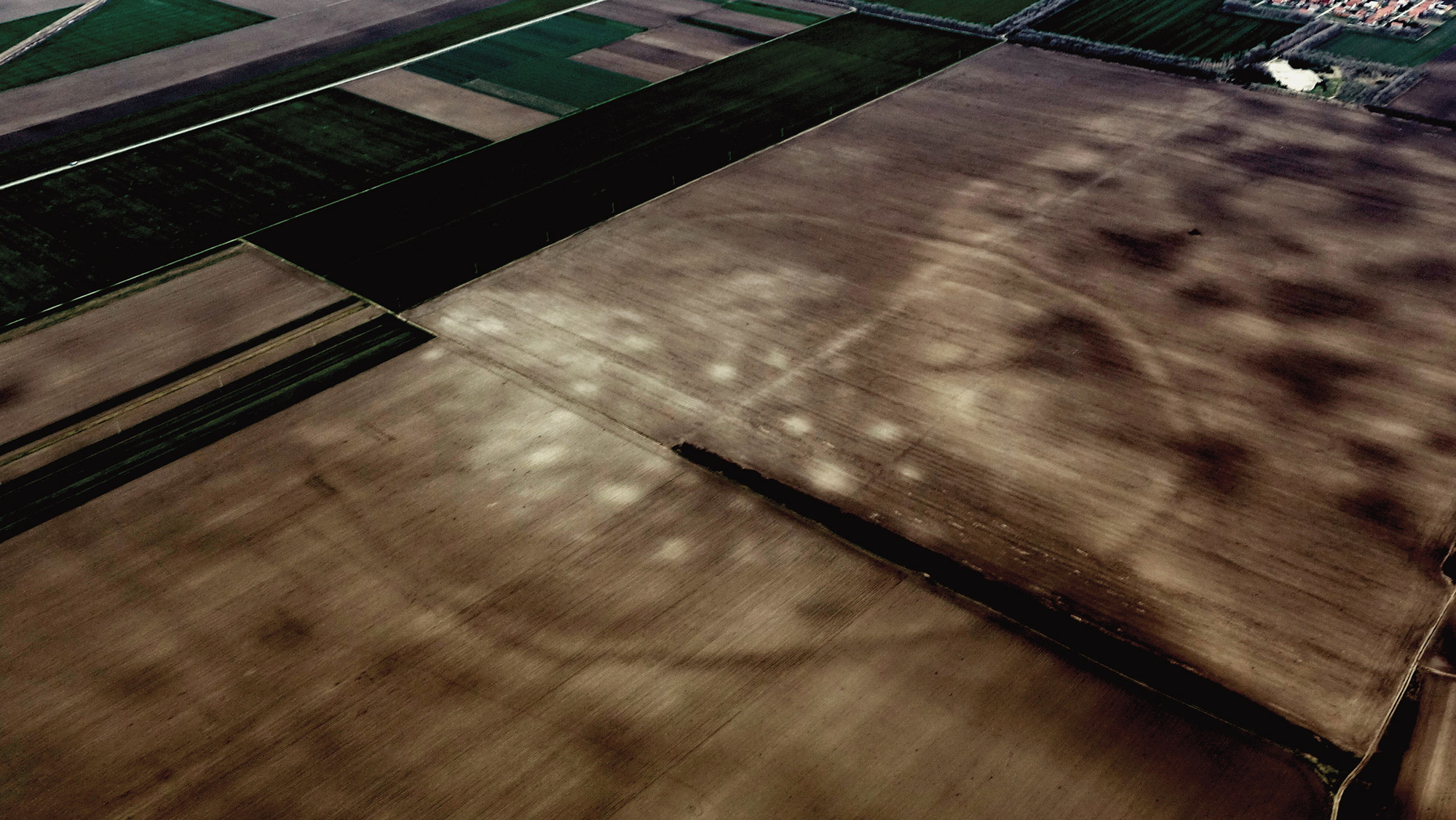 Courtesy Barry Molloy
Courtesy Barry Molloy -
Features November/December 2024
Chalice of Souls
A Maya jade heirloom embodies an enduring sacred tradition
 Jon G. Fuller, Jr./Alamy
Jon G. Fuller, Jr./Alamy -
Features November/December 2024
Exploring Ancient Persia’s Royal Fire Temple
At a remote lake in the mountains of Iran, archaeologists have identified the most revered Zoroastrian sanctuary
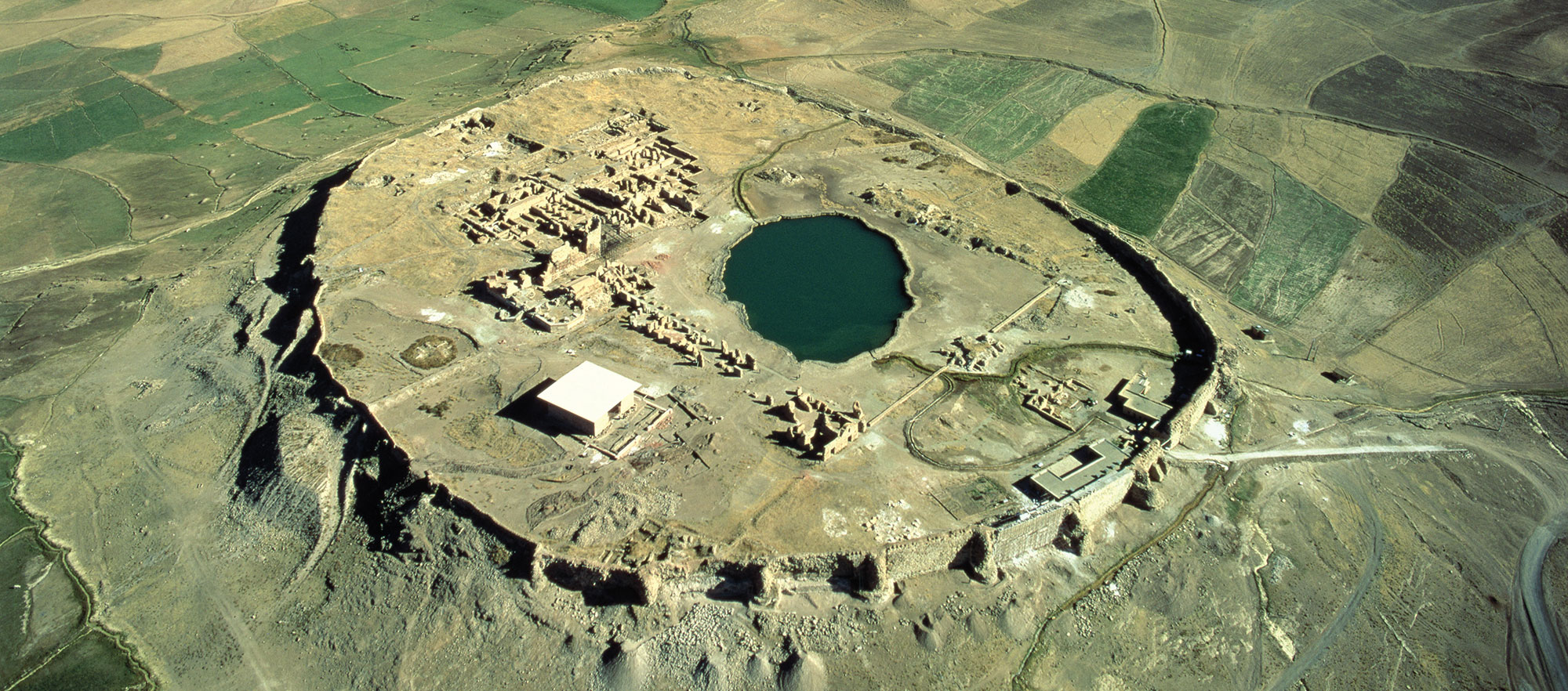 Bridgeman Images
Bridgeman Images


